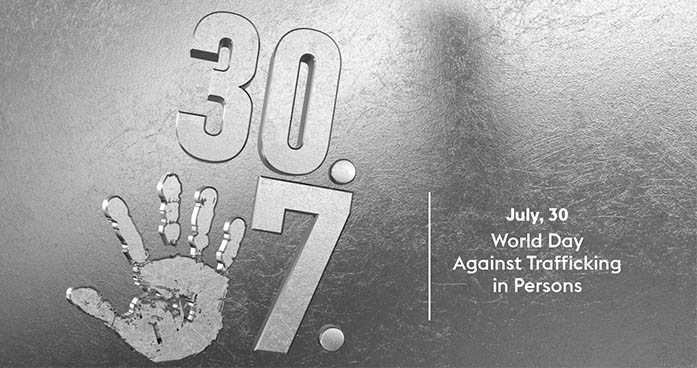
The following risks among others are monitored:
- Availability of raw materials and energy supplies
- Logistics and supply chains
- Climate change risks
- Failure of production facilities
- Failure of IT systems
- Compliance risks
- Risks associated with data protection
- Risks from the financial sector
Physical Risks of Climate Change
The voestalpine Group has taken comprehensive proactive measures to deal with risks from natural disasters such as floods or low water levels, heavy snowfall, droughts, storms and strong wind, or fluctuations in temperatures. This includes regular run-throughs as well as inspections and risk surveys that are conducted with insurance companies. At some facilities—especially those located along coasts or rivers—changing water levels also pose risks.voestalpine monitors these and other physical risks on a regular basis and verifies whether the existent emergency plans and structural measures such as fire alarms, sprinklers, and flood control mechanisms continue to provide adequate protection.
In addition to the steps taken within the company, regular exchanges of information with internal and external insurance companies help to minimize the fallout from such risks for the Group.
As regards raw material supplies (e.g., deliveries by ship to the Linz facility), any climate-induced fluctuations in river water levels and any resulting difficulties in the navigability of rivers (e.g., the Danube River) are considered on a case-by-case basis in the light of the number of ships utilized and the freight volume.
Other Material Sustainability Risks
Risks (including their effects) from areas such as personnel issues, respect for human rights, and the fight against corruption are taken into account at all levels. For details, see the respective sections of the present CR Report.
Risks From the COVID-19 Pandemic
The Group-wide crisis management, which consists of crisis teams at three decision-making levels (Group, divisions, companies), took and continues to take steps to counteract the COVID-19 pandemic and its ramifications as best as possible. The maintenance or adjustment (as the case may be) of the precautionary measures that were already put in place at the onset of the pandemic (e.g., hygienic and protective measures, working from home) as well as of the activities initiated to supplement them (e.g., regular exchanges of information with key customers and suppliers, adjustment of production activities in line with existent supply chains, securing liquidity) also helped during the business year ended to ensure the organization’s stability as best as possible. Developments related to the pandemic are monitored on an ongoing basis. Emergency and crisis plans that were implemented along with additional measures are evaluated at regular intervals and are adjusted and/or expanded as necessary in the light of new information.

